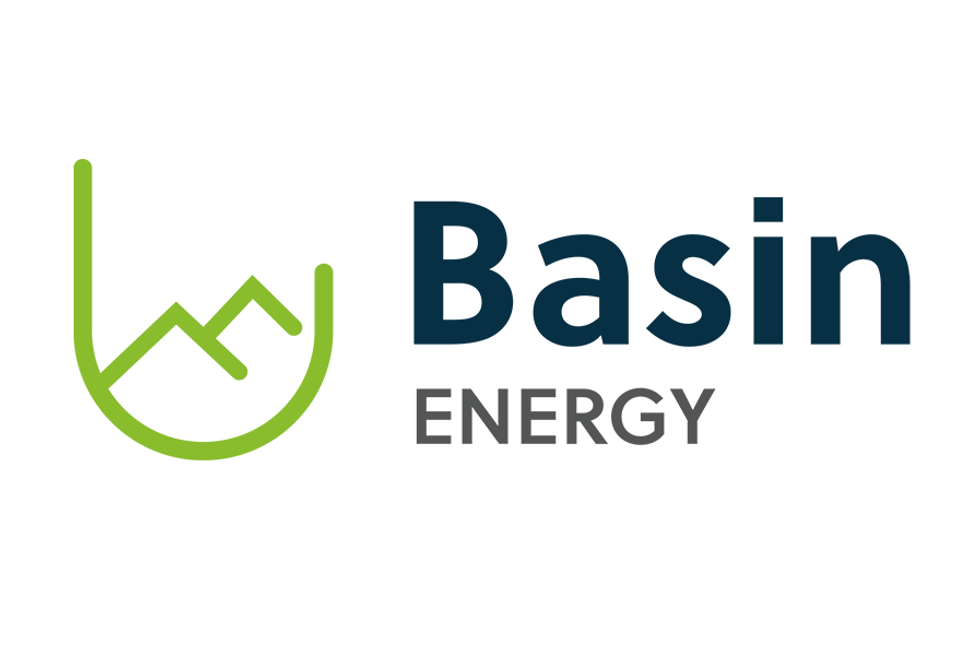
The Asian nation is looking to promote the development of nuclear power by constructing six to eight new reactors this year.
China’s plan to focus on nuclear power will include constructing six to eight new reactors and bringing five reactors online in 2018, the National Energy Administration (NEA) announced last week.
With this plan in place, the country will raise its total nuclear-generating capacity by as much as 6 gigawatts.
In its Energy Work Guidance Opinion for 2018, the NEA stated, “China’s installed nuclear generating capacity would be boosted by a total of 6 gigawatts this year with the start-up of the Sanmen 1 and Haiyang 1 AP1000s, the Taishan 1 EPR, the Tianwan 3 VVER-1000 and the Yangjiang 5 ACPR1000.”
Currently, two AP1000 units are under construction at both the Sanmen site and at Haiyang in Shandong province. Sanmen 1 is expected to be the first Westinghouse AP1000 to begin operating. The Taishan 1 EPR has completed necessary tests and will be the first EPR to operate. Both projects have been plagued by long delays.
A third unit, Tianwan 3, was connected to the grid in December of last year and is operating on a trial basis before commercial operation begins. Yangjiang 5 is also scheduled to begin operating this year.
It has been over two years since China has approved new reactor builds, raising concerns that the country may fall short of its 2020 target of creating an additional 30 gigawatts of nuclear capacity.
For its part, Beijing aims to raise the country’s total installed nuclear capacity from 35.8 gigawatts to 58 gigawatts by the end of the decade.
In addition to building more reactors, China’s plan also involves continuing to “[i]mplement major nuclear science and technology projects, build a sharing system for experimental platforms for nuclear power technology and equipment, speed up the establishment of major projects for small-scale reactors and actively promote the comprehensive utilisation of nuclear energy.”
Uranium demand from the Asian country is forecast to nearly double from 2015 levels to over 11,000 tonnes per year by 2020 and to 18,500 tonnes annually by 2025.
Market watchers hope this demand will help push uranium up; however, prices are still trading below expectations, despite recent production cuts from top producer Cameco (TSX:CCO,NYSE:CCJ) and Kazakhstan-owned Kazatomprom.
Don’t forget to follow us @INN_Resource for real-time news updates!
Securities Disclosure: I, Nicole Rashotte, hold no direct investment interest in any company mentioned in this article.





